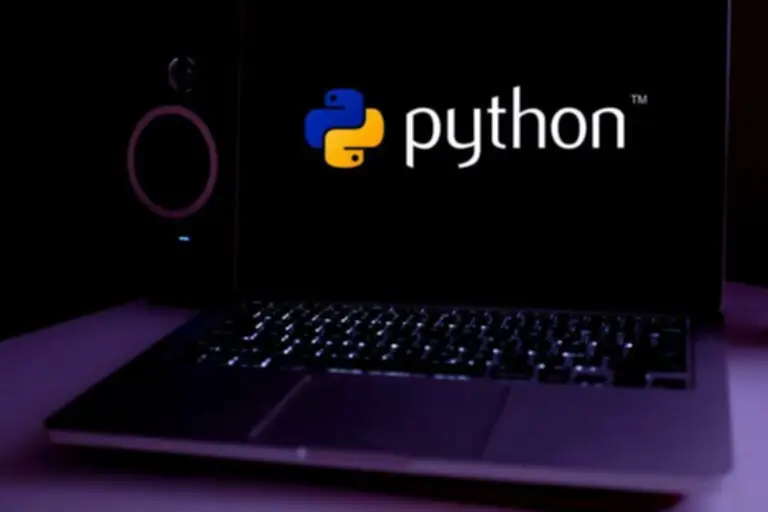In February 2011, Oracle intended that the development of Hudson ought to continue hence, Hudson was forked as a substitute of renaming it to Jenkins. In addition, a scarcity of federation would possibly result in a proliferation of remote Jenkins servers which may be onerous to handle throughout a big group. The community is quite concerned, making it a very efficient CI/CD tool. This is crucial in case your pipeline saves large recordsdata or complex information to variables in the script. Jenkins has a “Speed/Durability” label that allows you to preserve variables in scope for future usage whereas also permitting you to perform steps.
Jenkins X is helpful regardless of your familiarity with Kubernetes, offering a CI/CD process to facilitate cloud migration. It helps bootstrapping onto your chosen cloud, which is crucial for a hybrid setup. Some steps can be utilized alongside different steps to make it simpler to address points similar to retrying steps or timing out. A timeout step determines when Jenkins should exit an unsuccessfully retried step. For these causes, many groups are transitioning away from Jenkins and adopting newer solutions which are extra supportive of a containerized, microservices-oriented DevOps surroundings.
These configurations permit you to chill out or tighten your Jenkins authentication/authorization scheme. There are also plugins that may prolong Jenkins entry control functionality to support more nuanced security schemes (i.e., the role-based authorization strategy plugin). It’s a great software for DevOps workflows because it automates different tasks related to testing and constructing code. Installing Jenkins is a simple course of, and it is out there for numerous working techniques, including Unix flavors like Ubuntu, Gentoo, and FreeBSD, in addition to Mac OS. If you prefer a containerized approach, Jenkins could be easily deployed in a Docker Container.

For instance, setting an surroundings variable may be done in a step, executing a build command can be a step. Jenkins is designed in such a manner that makes it relatively simple to distribute work throughout multiple machines and platforms for the accelerated construct, testing, and deployment. The “Security Realm” and the “Authorization Realm” are the two safety realms that Jenkins helps.
Why Use Jenkins?
Its thriving community supplies phenomenal support, and its code base is incredibly secure. Jenkins is adaptable to changing IT environments due to its extensive plugin help. Plugins and scripting languages allow extremely customised pipelines, becoming well into complicated techniques. Servers use normal OS and networking security measures, while the Jenkins UI employs common mechanisms like multifactor authentication. The internal user database offers extra security measures accessed through the net UI. Jenkins improves growth efficiency by changing command immediate codes into Graphical User Interface (GUI) button clicks.
Plugins help in customizing the expertise with Jenkins, together with providing support for accelerating activities related to constructing, deploying, and automating a project. Jenkins automates the software program builds in a steady method and lets the builders know about the errors at an early stage. A robust Jenkins neighborhood is among the prime causes for its recognition.
- Due to a cut up within the preliminary Hudson project, two initiatives, known as Jenkins and Hudson, co-existed for a brief interval.
- Organizations could use Jenkins to automate and pace up the software program development process.
- Numerous life cycle levels embrace constructing, testing, documenting, packaging, staging, deployment, and more.
- Jenkins’ CI/CD capabilities profit other software projects through integrations.
- You leverage the next diploma of automation to allow frequent, secure, and predictable software releases.
- One of our training specialists will be in touch shortly to go over your training necessities.
Jenkins and CI/CD bring automation to the desk for reduced errors. This happens because of the adoption of best practices and the right steps being encoded into software. Subsequently, a build is one run of a defined project with various steps. One node is the central management unit and organizer, often recognized as the controller.
Automating Duties
You can explore “Manage Jenkins” to seek out “Manage and Assign Roles” options within Jenkins. This will allow you to create a new role, such as a developer, and decide the extent of permissions you want to assign to this function. This will allow you to assign node roles, merchandise roles, and project roles in Jenkins.
It provides new UI parts to the net UI, helps with its administration and makes improvements for supply code and construct administration. Though Jenkins started as a continuous integration tool, the present use covers the entire software delivery pipeline, together with deployment. Jenkins is a CI system which will talk with different DevOps tools and notify users when a merge request is ready to merge. This is often the case when all exams have been handed and all different situations have been happy.

The primary function of Jenkins is to automate the continuous integration and delivery processes in software improvement. It allows for the seamless constructing, testing, and deployment of purposes, making certain sooner and more efficient growth cycles. Jenkins is very customizable & scalable, making it a versatile tool that helps various use cases and simplifies the software growth course of. It handles various stages of software supply, such as building, documenting, automated testing, packaging, and static code analysis. Jenkins is an open-source Steady Integration server written in Java for orchestrating a sequence of actions to realize the Continuous Integration process in an automated trend. Jenkins supports the whole growth life cycle of software program from constructing, testing, documenting the software, deploying, and different stages of the software growth life cycle.
You can create pipelines instantly within the consumer interface, or create a “Jenkinsfile” which represents a pipeline as code. Jenkinsfiles use a Groovy-compatible text-based format to define pipeline processes, and may be either declarative or scripted. A Jenkins node is an umbrella time period for Agents and Controllers, no matter their actual roles. Jenkins routinely monitors the health of all linked nodes, and if metrics go below a threshold, it takes the node offline.
Jenkins is very customizable, making it appropriate for small-scale tasks to large-scale enterprise projects. It is simple to install and arrange, and creating and working your first Jenkins job is a simple process. Strive Jenkins at present and expertise the power of automation in software development. Jenkins pipelines are a versatile and highly effective way to define and automate software program delivery processes. They enable for the creation of continuous integration and steady delivery (CI/CD) pipelines, enabling groups to effectively build, check, and deploy applications. Jenkins facilitates the automation of a number of phases of the software program development lifecycle, together with software improvement, testing, and deployment.
Jenkins relies on the developers submitting their new blocks of code to a shared repository, which it then uses to verify and check the code for failures. Integrating GitHub with Jenkins can tremendously improve the effectivity of the shared code repository. You can head to the GitHub repository and select AI engineers the “Settings” option to combine Jenkins with GitHub.
They could be on the same machine because the Jenkins controller or distributed across multiple machines. You can run totally different builds of the same project with different configurations when you create a Jenkins Multi-Configuration Project (MCP). In this syntax, the main work is finished by a node block (or several blocks). It is recommended to confine the pipeline’s work inside the node block as a outcome of it permits the pipeline to run more smoothly. The steps in a block are scheduled additively on the Jenkins queue, to allow them to run immediately every time there’s a free executor on a node. Console output from stderr and stdout parameters is collected as Jenkins tasks run.
You might assess run timing and discover the slowest step utilizing the time stamper plugin, allowing you to tweak the performance of every operation. In 2011, the Hudson neighborhood unanimously accepted a referendum to alter the project name from Hudson to Jenkins, resulting within the creation of the first “Jenkins” project. Hudson was later donated to the Eclipse Foundation and is no longer being labored on.